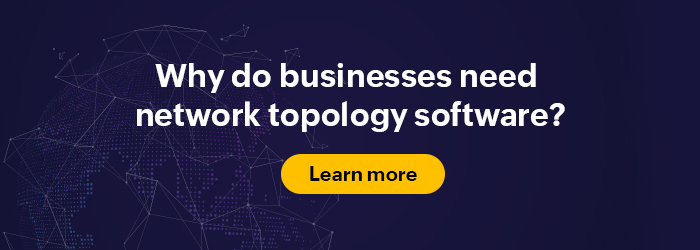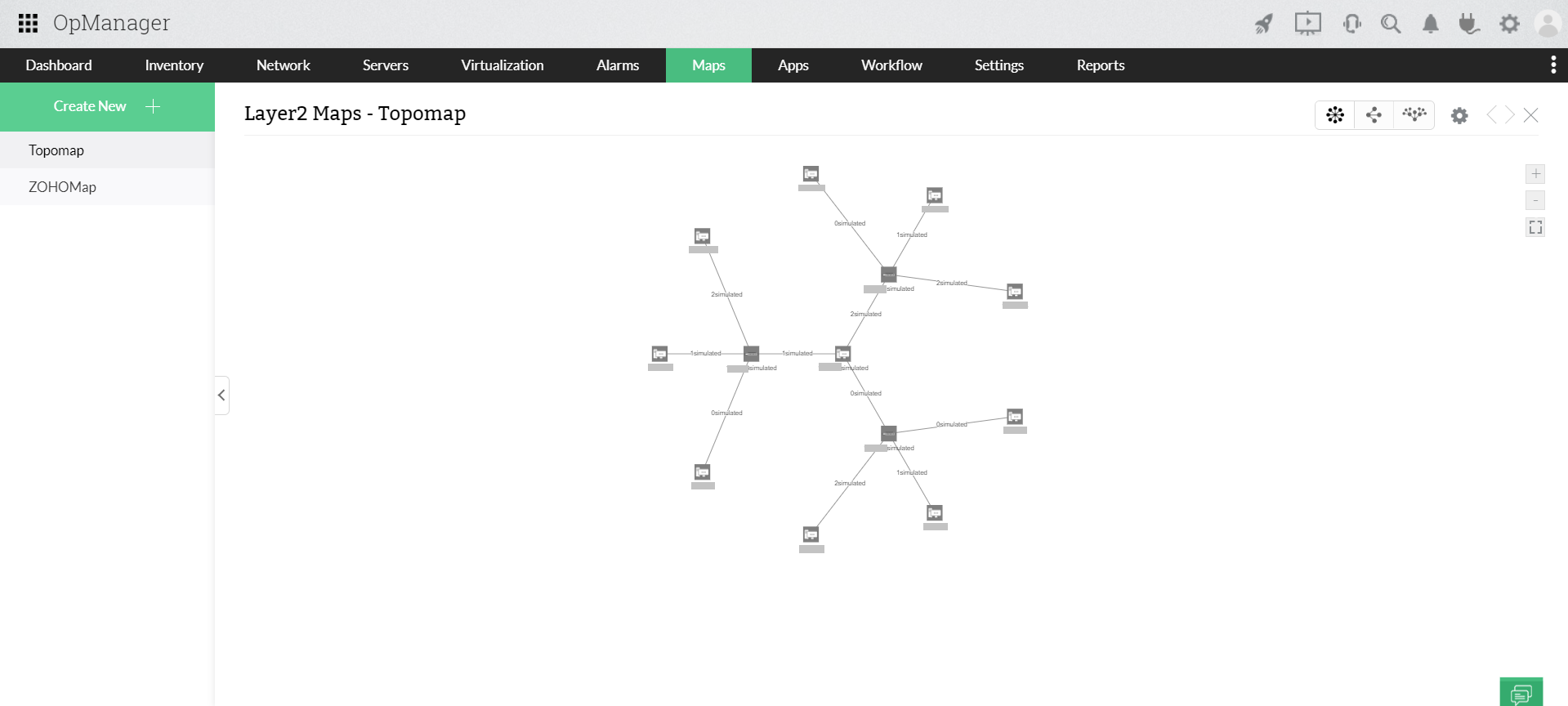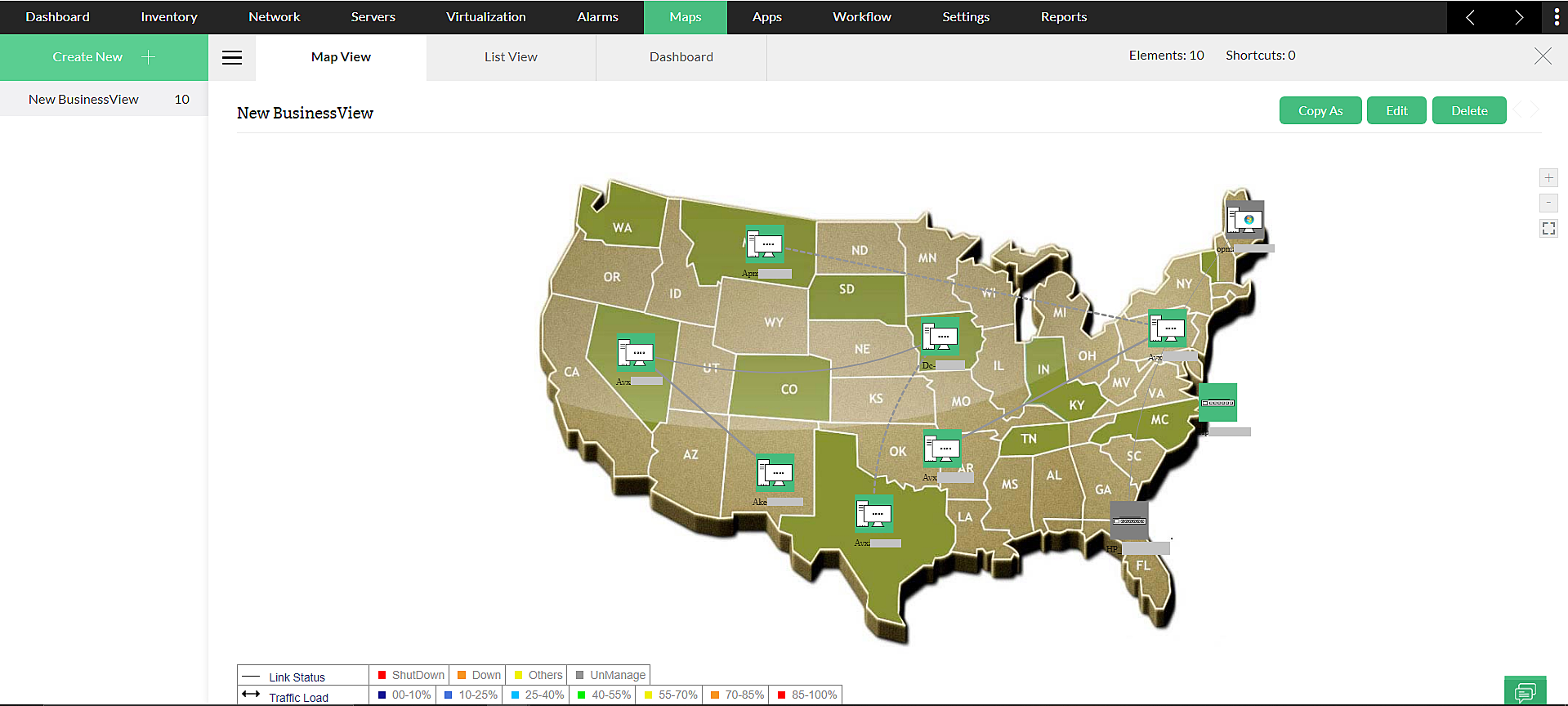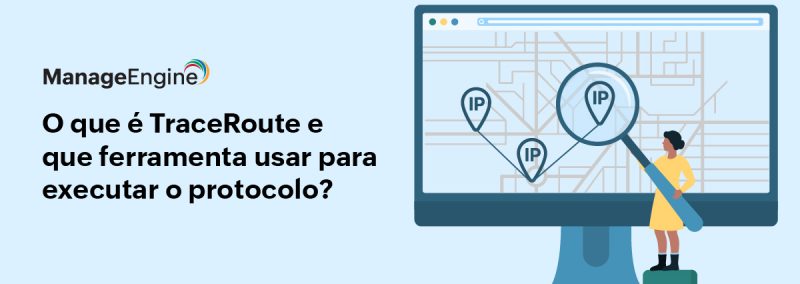
It is crucial for network admins to fully understand their network topology. Even basic troubleshooting can be needlessly complicated without a network topology diagram which is vital for building and maintaining a network. A network topology diagram shows how the various components work together; it shows the devices, connections and pathways of a network visually so you can figure out how devices interact and communicate with one another. A topology diagram can also help identify problems when a network is not operating correctly.
Network topologies
As the name indicates, network topology refers to how the links and nodes of a network are arranged and how they relate to each other.
There are two types of network topology diagrams:
-
Physical network topology: The actual layout of the computer cables and other network devices.
-
Logical network topology: The way in which the network appears to the devices that use it.
There are several logical and physical network topologies that administrators can select to construct a safe and strong architecture. The best-known topologies include:
-
Bus network topology: This topology connects all devices to the main cable through the drop lines, also known as the backbone network topology. The advantages of the bus network topology include its simplicity, as less wire is required than other topologies, which makes installation easier.
-
Ring network topology: A device is connected to two devices situated on each side of it by two dedicated point-to-point links creating a ring of devices that transfers data via repeats until it reaches the target.
-
Mesh network topology: A dedicated point-to-point connection that only carries data is set up between each device in a network creating an interconnected mesh. Mesh topology is dependable and robust since failure of one link does not affect other network connections and communications between other network devices.
-
Star network topology: This is the most common network topology. Star topology connects each device to a central hub in the network. Only through the central hub can devices interact.
-
Hybrid network topology: A combination of two or more topologies is a hybrid topology. It is often employed by large companies to enable each department to customize its network topologies to meet its network use demands.
-
Tree network topology: The simplest topology, computers in the network are connected like branches of a tree. Consisting of at least three hierarchical tiers, it is considered flexible and scalable. Yet, if the root node or a hub has an issue, the entire network can fail, and installation and maintenance can be challenging as it utilizes a large number of cables.
Challenges in creating a network topology diagram
Generally, it is preferable to utilize a simpler network architecture, but this is determined by the amount of nodes and devices on your network. Some network configurations might provide more connection and security for your organization, while others will offer cheaper construction costs and easier maintenance. Here are some of the network topology challenges:
-
Automatic network mapping and device detection to create device diagrams and links.
-
Performance of network discovery at multiple levels to create maps from a single scan.
-
Detecting changes to network topology in real time as devices join and leave the network.
Network topology diagram software
It is crucial to have a comprehensive understanding of the network’s functionality to determine how the network topology is optimized for your requirements. Network topology diagram software is a helpful tool for producing network topology diagrams that display the network’s visual overview. Network topology software shows how devices connect and it helps identify the most efficient topology. It also helps network admins to automate configurations, monitor performance, detect network inefficiencies and bottlenecks, and analyze the underlying causes of network problems.
To effectively manage the network in a company of any size, the use of network topology software is important. A variety of resources, including some free tools, are available. Because of its extensive range of features and usability, ManageEngine’s OpManager stands out as a fully featured, easy to use, and affordable network monitoring solution that provides in-depth visibility and robust network topology diagramming capabilities.
With OpManager’s network topology software, network administrators can:
-
Easily visualize your IT infrastructure, and efficiently scan your network to access up-to-date network maps.
-
Find Layer2 devices associated with your network to draw logical visual depictions alongside its interfaces, including nodes, interlinked layers, and port-to-port connections.

-
Build an easily visible network topology map with the network topology diagram tool that lets you select the seed device and network design type of the selected network. In addition, you can easily export network diagrams to Microsoft Visio and share them across peer groups, and export Layer2 diagrams as business views.
-
Utilize OpManager’s business views to see a graphic display of devices according to their business service, requirements, or functioning.
-
Add a map representing the geographic locations using OpManager Network topology diagram software.

The design of a network directly affects network functionality. Choosing the correct network topology software can enhance performance and data efficiency, optimize resource allocation, and decrease operating costs through network diagnosis, investigation, and resolving problem with network slowdowns.
To evaluate the benefits of using network topology diagram software at your organization, claim your own 30-day free trial of the full version of OpManager. You can also schedule a free demo with a product expert, or simply contact us at eval-itom@manageengine.com if you need any assistance, or have questions.
OpManager is a part of ManageEngine’s ITOM suite of solutions. Apart from network monitoring, this suite also offers solutions for streamlining server monitoring, application monitoring, bandwidth monitoring, configuration management, firewall security and compliance, and IP address and switch port management. This is why ManageEngine’s ITOM solutions are the ideal choice for over one million IT admins worldwide.

